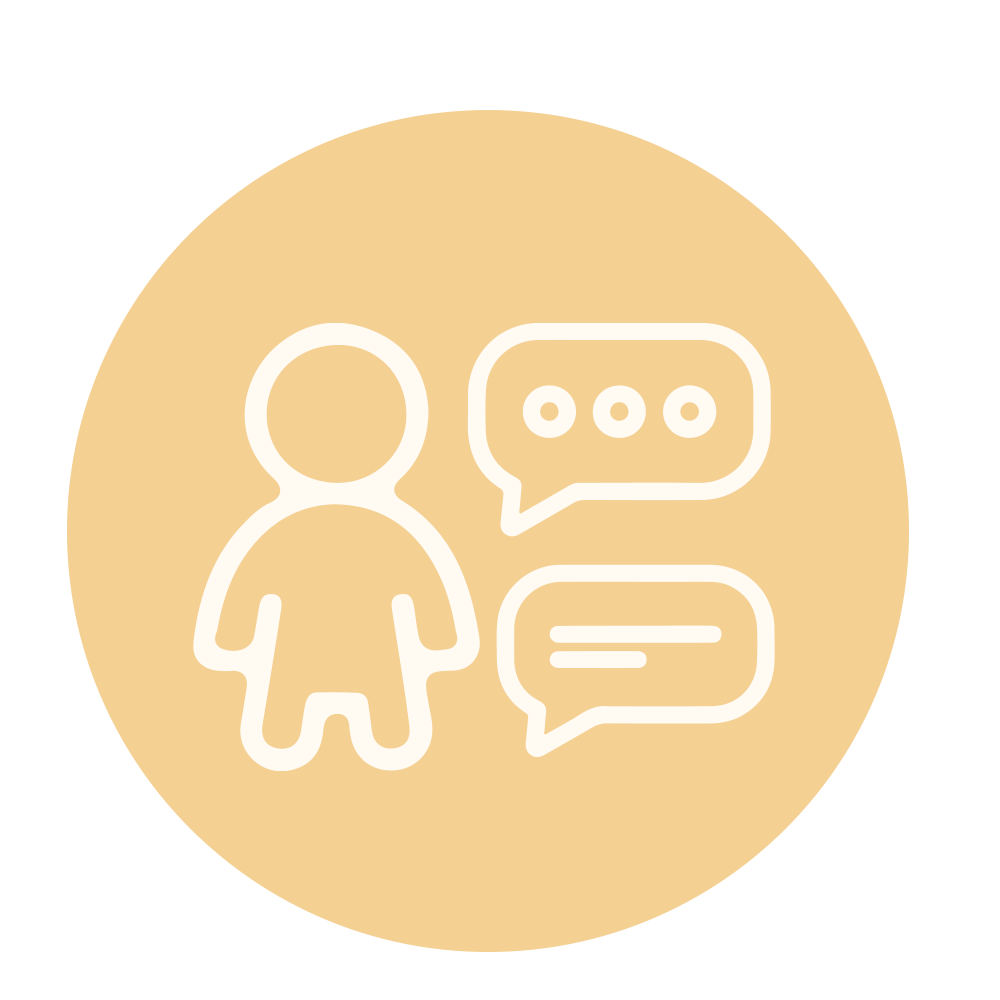Busy Board vs. Sensory Board: A Comprehensive Guide

As parents and caregivers, we’re always on the lookout for toys that are both fun and educational. Enter busy boards and sensory boards—two innovative tools designed to captivate little minds while nurturing key developmental skills. But what exactly are they, and how do they differ? Let’s dive in!
What Is a Montessori Busy Board?
A montessori busy board (or activity board) is a hands-on play panel packed with everyday objects like latches, zippers, wheels, and switches. Inspired by Montessori principles, it’s crafted to keep curious toddlers “busy” while they explore cause-and-effect relationships and refine their motor skills.
Key Features of a Montessori Busy Board
Montessori busy boards stand out for their intentional design, which aligns with core Montessori principles:
1. Practical Life Activities
The board includes real-life objects that mimic daily tasks, such as:
- Zippers, buckles, and buttons (for dressing skills).
- Locks, latches, and keys (for problem-solving).
- Light switches, knobs, and door stops (for cause-and-effect learning).
2. Child-Led Exploration
- Unlike structured toys, a Montessori busy board encourages open-ended play. Children choose which elements to interact with, fostering independence and concentration.
3. Natural Materials
- Montessori boards often use wood, metal, fabric, or other natural, tactile materials to provide authentic sensory experiences.
4. Simplicity & Purpose
- The design is minimalist, avoiding overstimulation. Each element has a clear purpose—like practicing hand-eye coordination or mastering self-care skills.
DIY Montessori Busy Board Tips
- Start Simple: Use a sturdy wooden base and attach 3–5 items (e.g., a door chain, velcro strap, and rotary phone dial).
- Incorporate Household Items: Repurpose old belts, cabinet handles, or fabric swatches.
- Focus on Safety: Sand edges, avoid sharp parts, and ensure all items are securely fastened.
Check more about diy busy board tips: https://joyrealtoys.com/blogs/news/diy-busy-board-a-guide-to-making-your-own
 What Is a Sensory Board?
What Is a Sensory Board?
A sensory board prioritizes sensory exploration, offering textures, sounds, and visuals to engage touch, sight, and hearing. These boards are especially valuable for children with sensory processing needs but are great for all kids.
Key Features of a Sensory Board
1. Multisensory Elements:
- Textures: Soft fabric, bumpy rubber, scratchy sandpaper, smooth metal, or squishy foam.
- Visuals: Mirrors, colorful LED lights, translucent panels, or floating glitter tubes.
- Sounds: Crinkly paper, jingle bells, rattles, or rain sticks.
- Movement: Wheels, gears, or sliding panels.
2. Adaptability:
- Can be tailored to a child’s age, interests, or sensory needs (e.g., calming textures for overstimulated kids or stimulating elements for sensory seekers).
3. Open-Ended Play:
- No “right” way to use it—kids explore freely, fostering creativity and self-directed learning.
DIY Sensory Board Ideas
You don’t need fancy materials to create one:
1. Base: Use a wooden plank, foam core, or even a sturdy cardboard sheet.
2. Attach:
- Household items: Old scarves, buttons, sponges, keys, or pasta shapes.
- Dollar store finds: Feathers, pom-poms, LED push lights, or sticky velcro strips.
2. Themes:
- Nature Board: Pinecones, dried leaves, bark, and seashells.
- Sound Board: Bells, rice-filled containers, and crinkly foil.
Sensory Board vs. Busy Board: What’s the Difference?
| Feature | Busy Board | Sensory Board |
|
Primary Purpose |
Skill development | Sensory stimulation |
| Interaction Type | Mechanical operations | Tactile exploration |
| Typical Age Group |
1-4 years |
6 months-3 years |
|
Common Use Case |
Teaching cause-effect relationships | Calming/regulating emotions |
| DIY Complexity | High (needs functional hardware) | Moderate (texture-based) |
Developmental Benefits Compared
Busy Boards
- Enhances hand-eye coordination
- Builds independence with daily tasks (buttoning clothes, using doorknobs)
- Introduces basic engineering concepts
Sensory Boards
- Supports sensory integration in neurodivergent children
- Encourages descriptive language ("rough," "smooth," "cold")
- Fosters curiosity about material properties
Safety Considerations
- Small Parts: Avoid detachable elements in both boards for children under 3
- Edges/Surfaces: Use rounded corners and non-toxic paints
- Supervision: Always monitor playtime with either board
Which Should You Choose?
- Motor skill focus → Busy Board
- Sensory processing needs → Sensory Board
Hybrid Option: Combine elements from both (e.g., a locked compartment with textured contents)
JoyReal’s Busy Boards might be the perfect fit for your little one:
- Montessori-Aligned Design: Focuses on real-world tasks (zippers, buckles, door latches) to foster independence.
- Premium Materials: Made with child-safe wood and durable hardware.
- Age-Appropriate Options: Collections sorted by age (1–5+ years) ensure developmental relevance.
- Skill Variety: Combines textures, sounds, and mechanics for hybrid sensory-motor play.
- Perfect For: Parents seeking a long-lasting, skill-building toy that grows with their child.
 Why JoyReal’s Busy Boards Are a Smart Middle Ground
Why JoyReal’s Busy Boards Are a Smart Middle Ground
Many of JoyReal’s boards blend busy and sensory elements, offering:
- Textured Surfaces: Wood, fabric, and metal for tactile exploration.
- Interactive Sounds: Clicking latches, jingling bells, or crinkly elements.
- Visual Stimulation: Colorful components and moving parts.
This versatility makes them a great choice for parents who want both skill-building and sensory engagement.
Final Thoughts
Whether you opt for a busy board’s mechanical puzzles or a sensory board’s tactile wonders, both tools offer endless opportunities for learning through play. They’re not just toys—they’re gateways to creativity, confidence, and developmental milestones. So, why not spark some hands-on magic for your little explorer today?
Maybe it will be helpful for you:
Recent Post
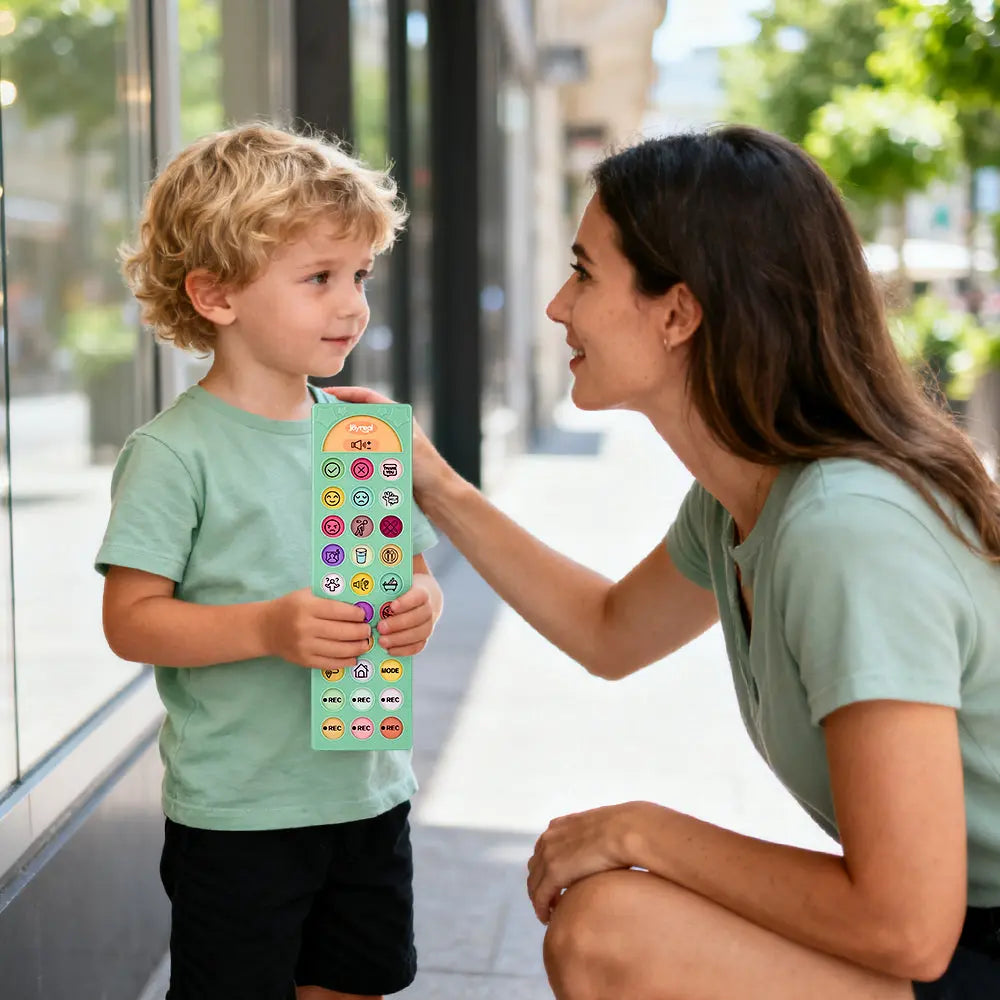
Dispositivos AAC para Autismo y Comunicación Alternativa
¿Sabías que un dispositivo de comunicación aumentativa y alternativ...
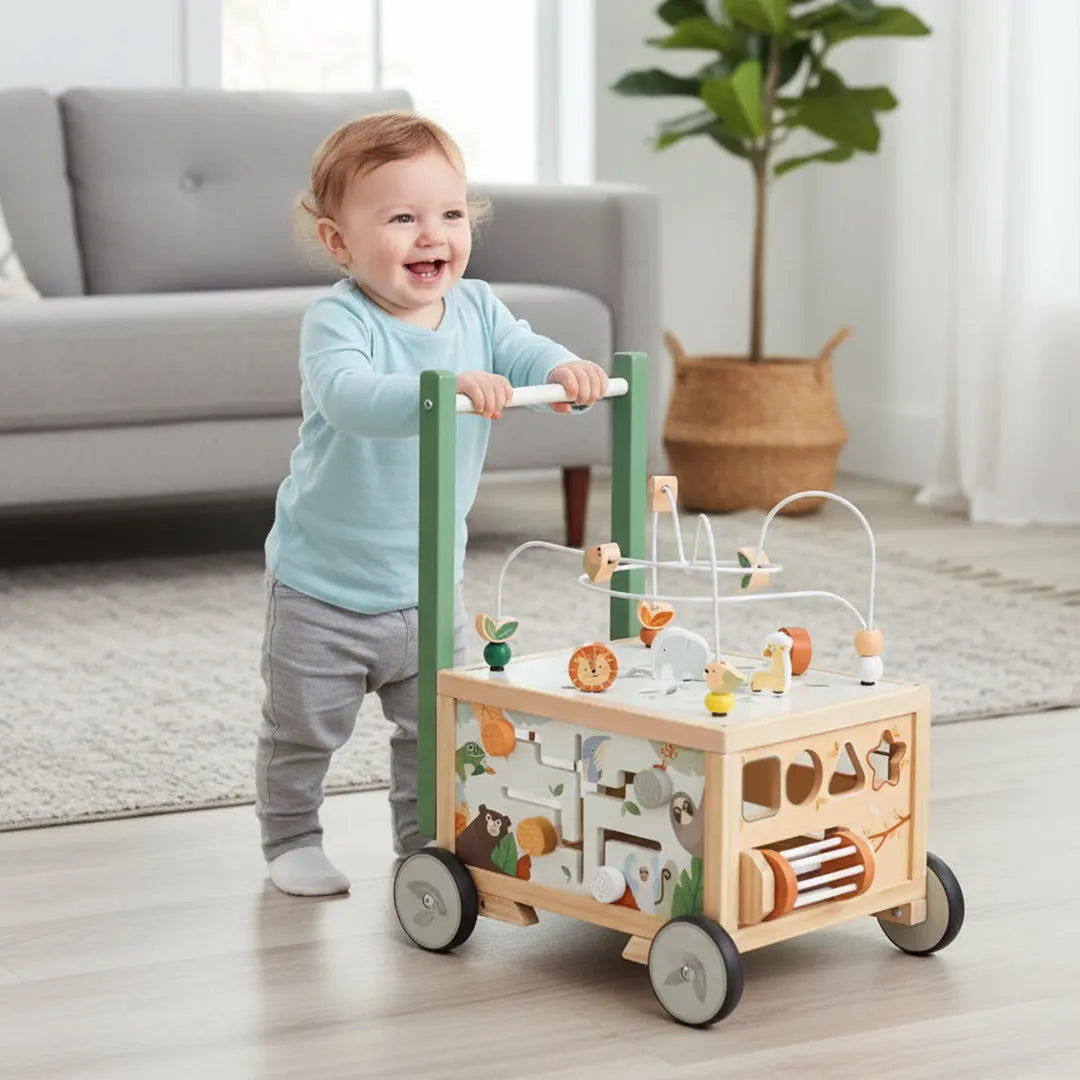
Montessori Wooden Toys: Choose Baby Walking Toys to Boost Early Skills
A Meaningful Start to Walking Your baby’s first steps are a moment ...
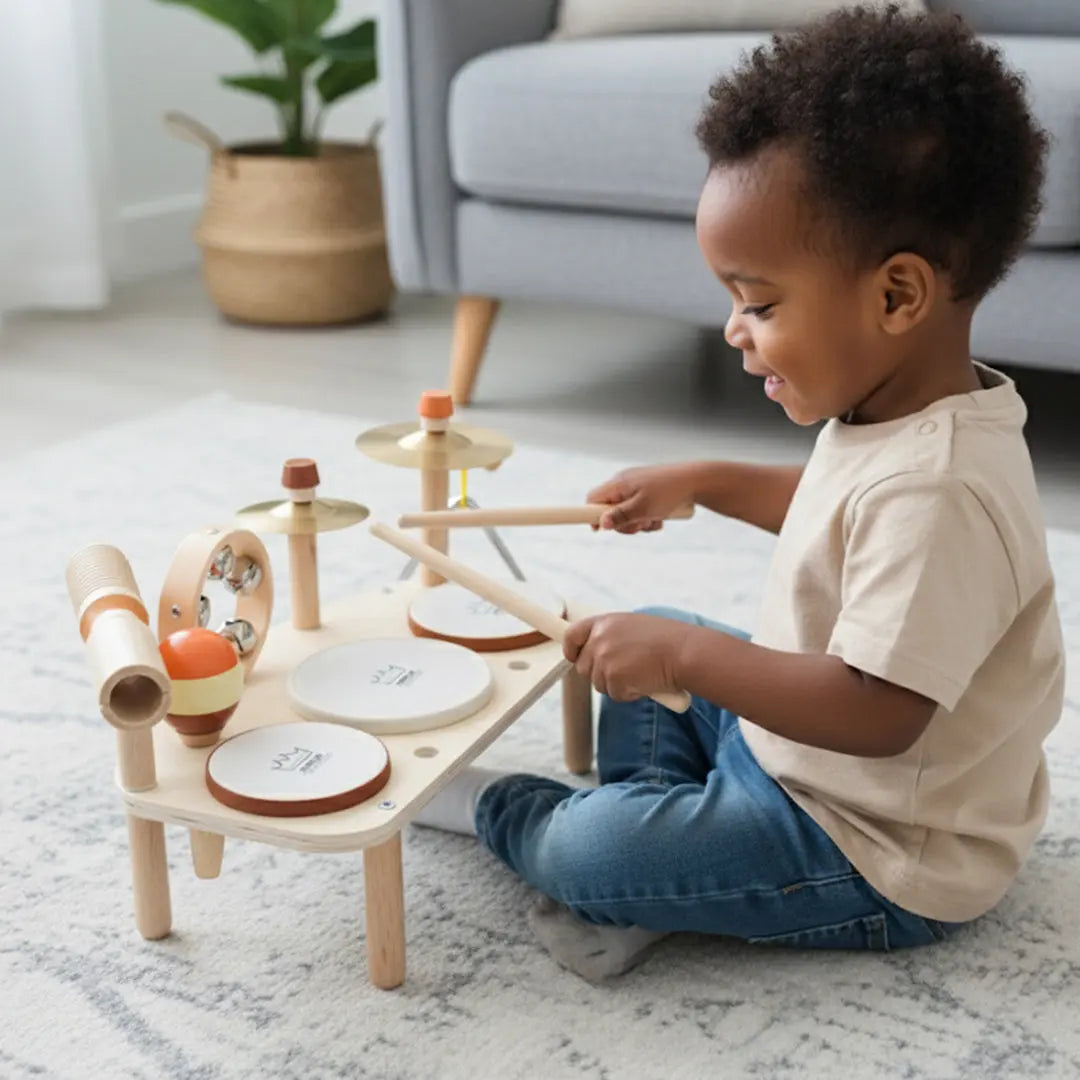
Montessori Music Toys: 7 Benefits for Toddler Development You Need
Montessori music toys are more than delightful playthings—they are ...
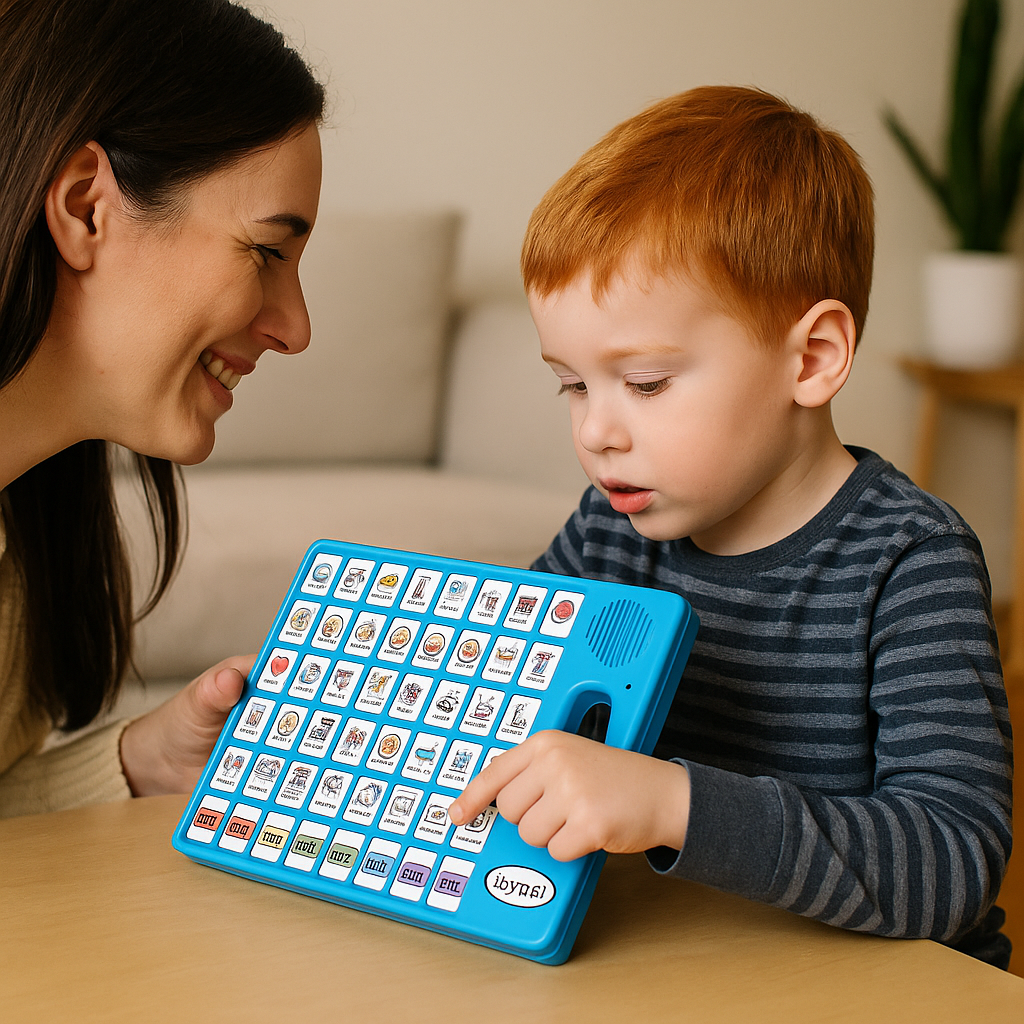
AA Communication Device: Who Qualifies and How to Get Assessed
When Words Don’t Come Easily: A Parent’s Journey Toward Communicati...
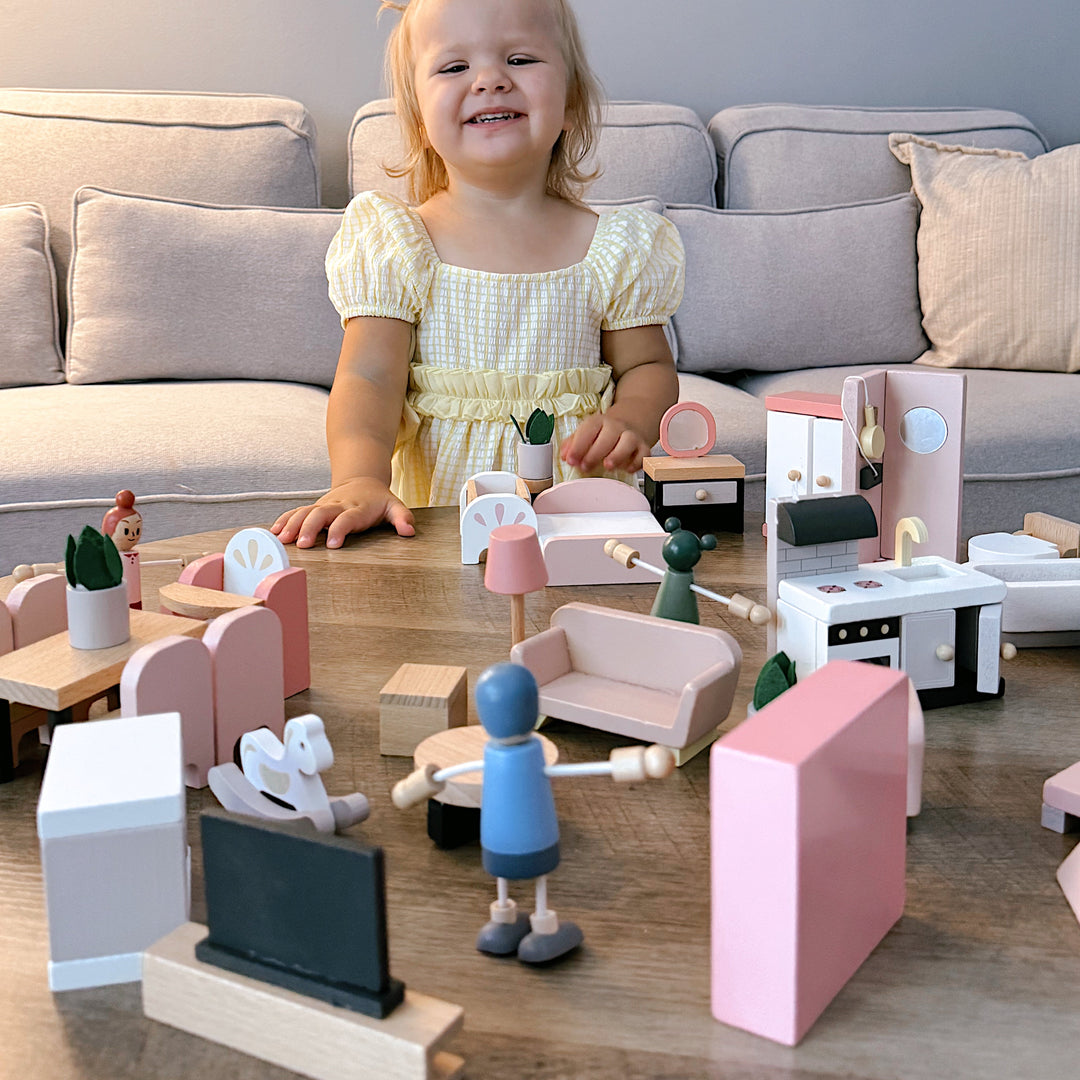
Montessori Wooden Toys: How to Choose the Best Mini Dollhouse Kit
Montessori Wooden Toys: How to Choose the Best Mini Dollhouse Kit ...
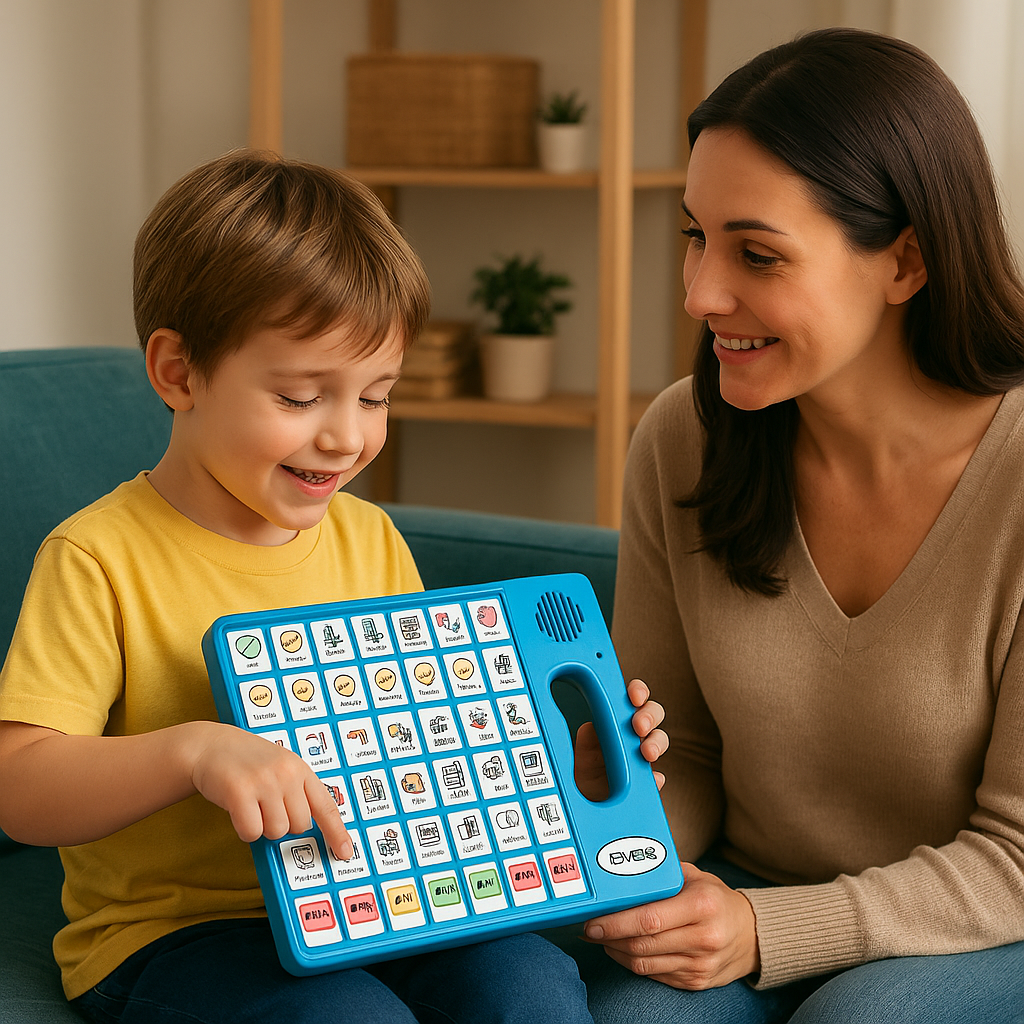
Joyreal AAC Devices: Giving Non-Speanking Children a Voice
The Connection Between AAC Devices and Autism Development Children ...
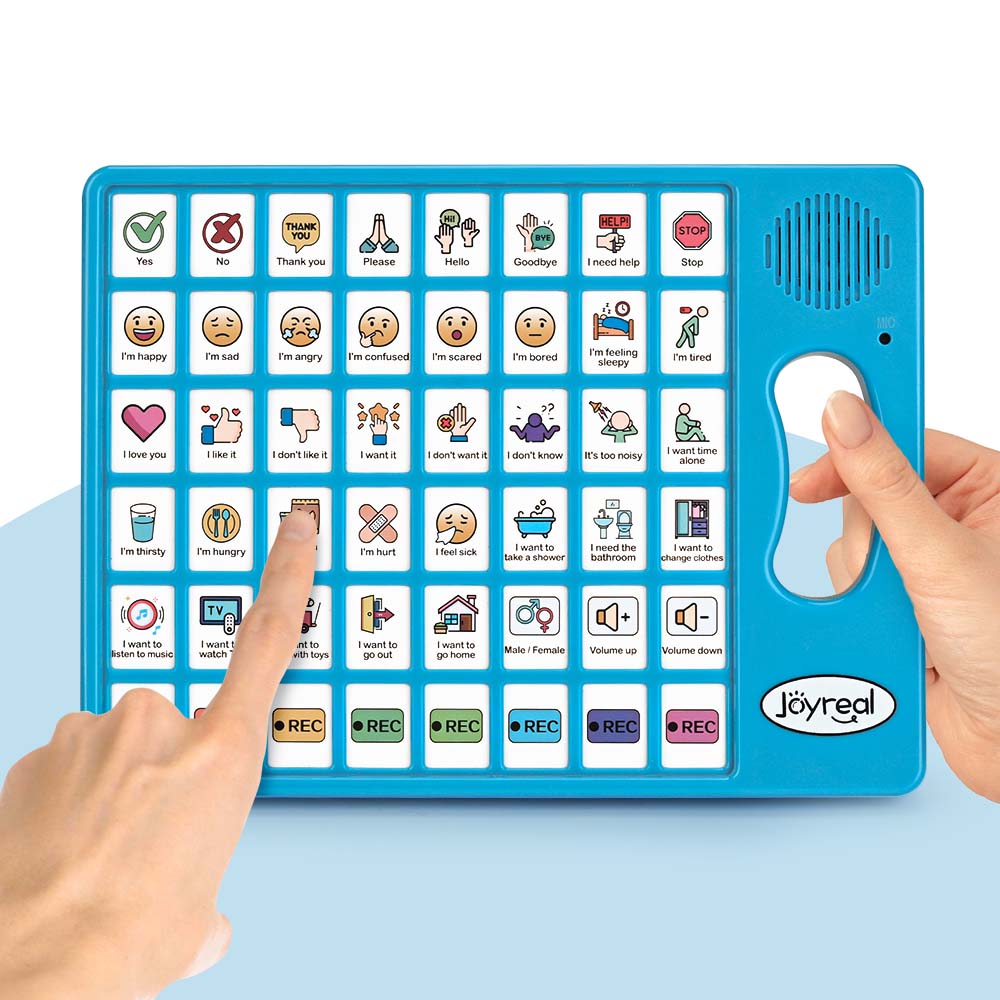
DIY Communication Board vs Ready-Made AAC Devices
For children with autism or other communication challenges, an AAC ...
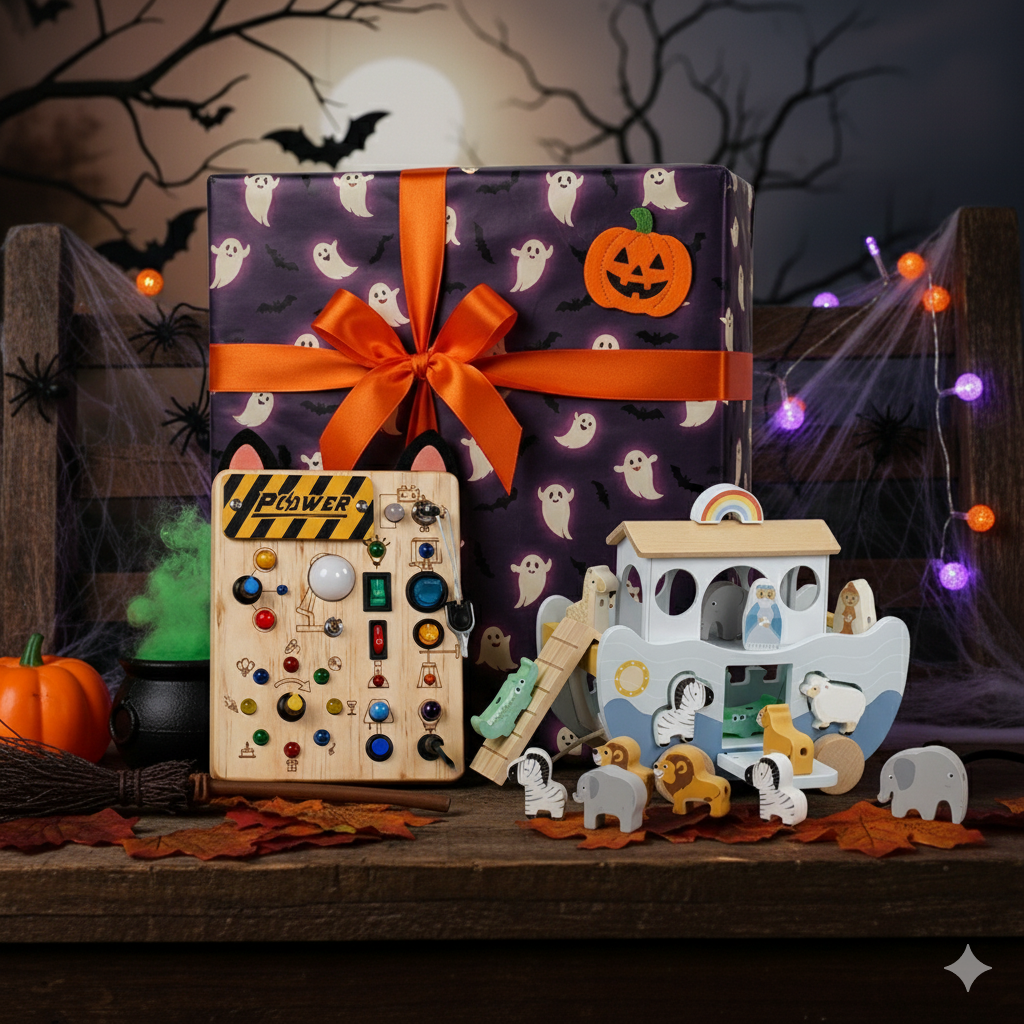
How to Choose the Perfect Halloween Gift?
Halloween is no longer just about costumes and trick-or-treating. I...
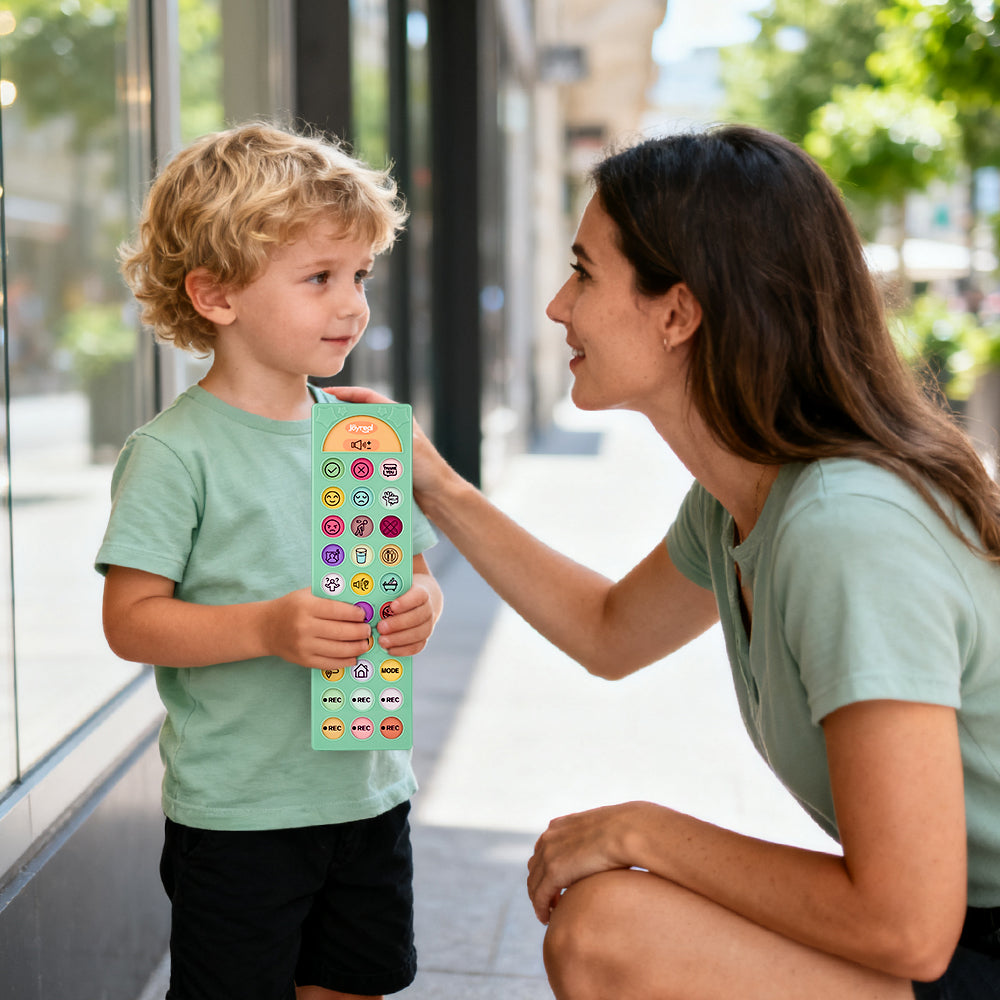
What AAC Devices Support Bilingual Families with Autism?
In today’s diverse world, communication is more than just words—it’...
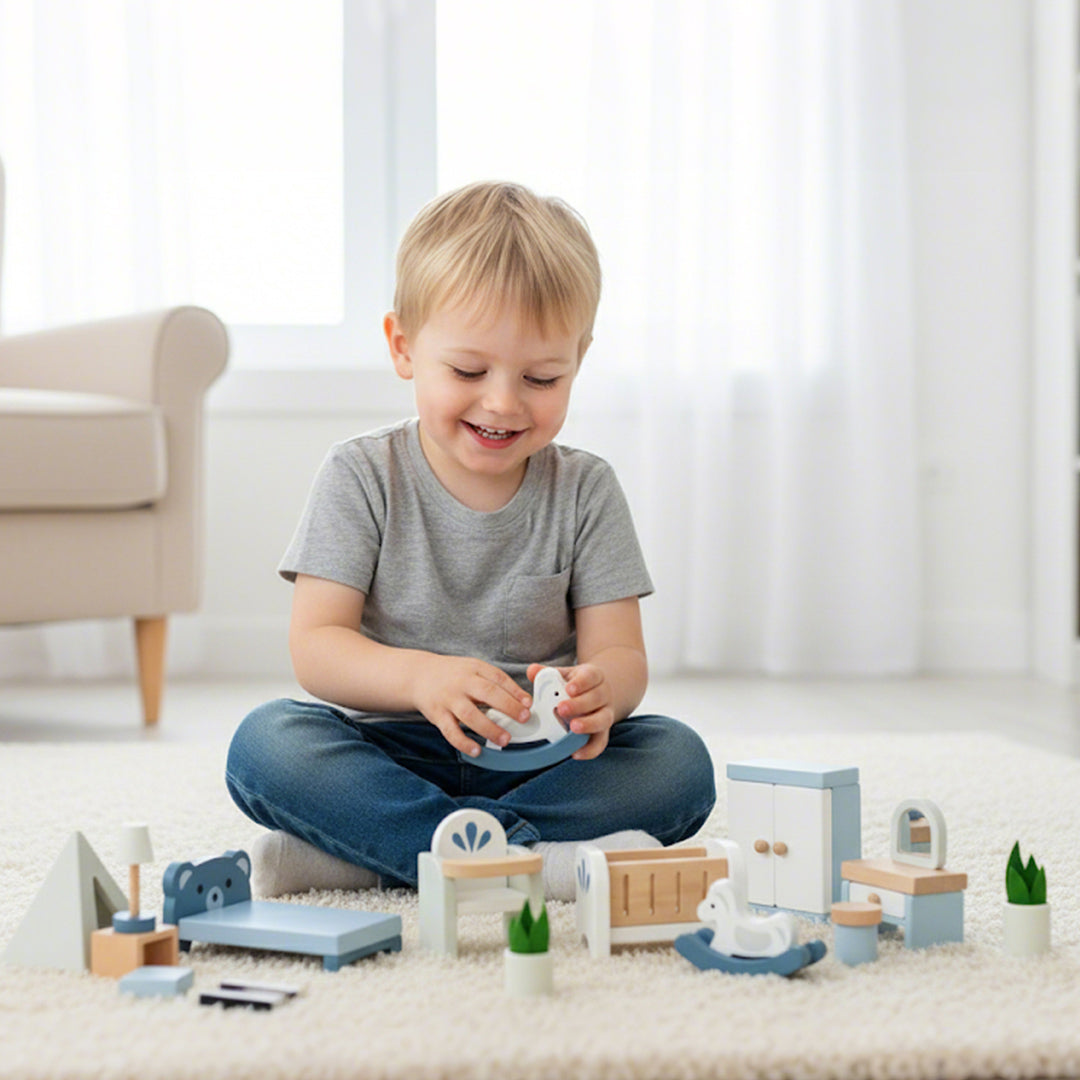
How to Choose the Perfect Holiday Gift for Kids Ages 1–5
Finding the perfect holiday gift for kids can be tricky, especiall...









